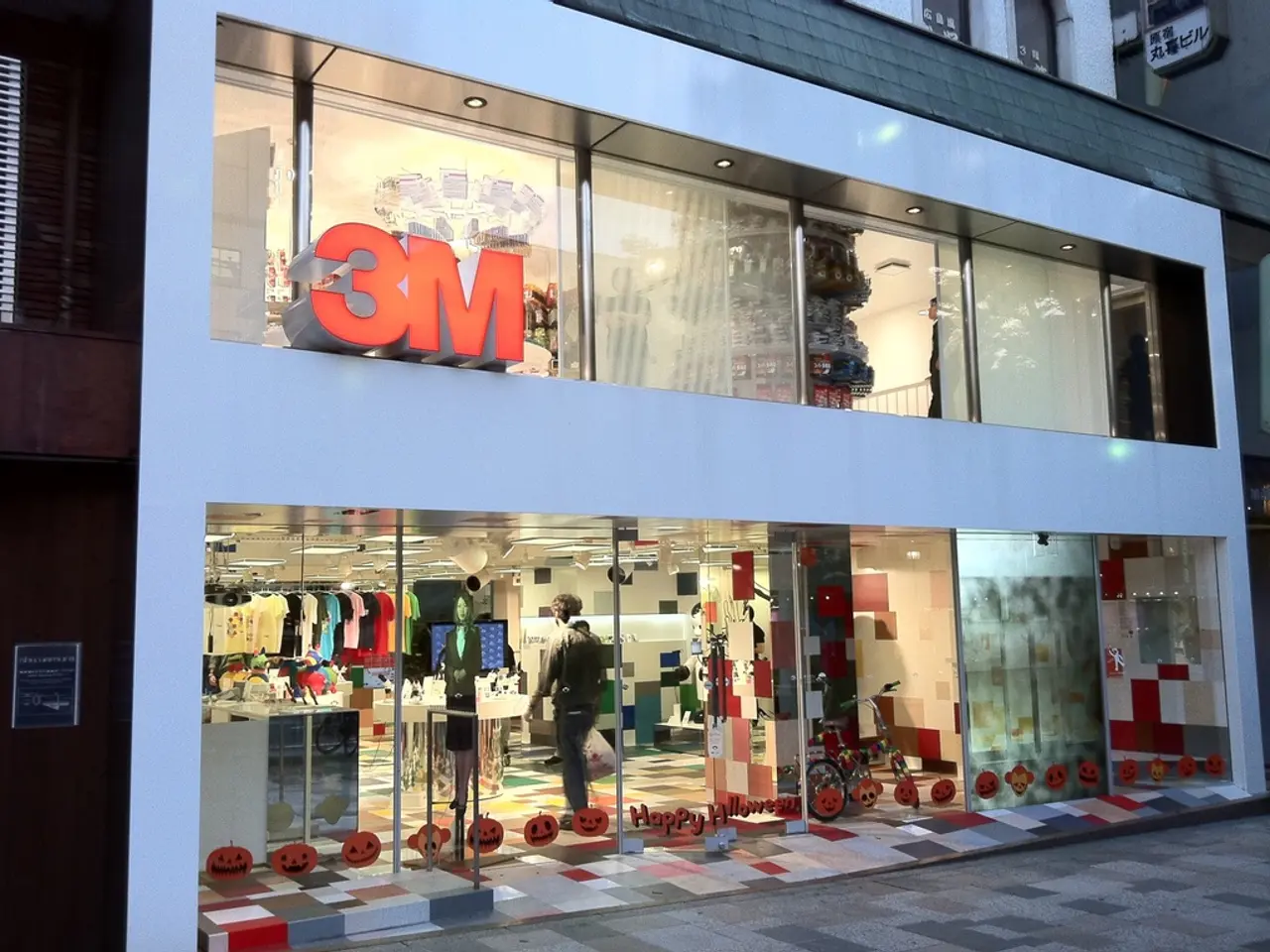Unveiling the Workings of the Saint-Louis Crystal Factory
The Arlequin chandelier, a masterpiece from the historic French glassmaker Saint-Louis, has recently undergone a transformation. Known for its use of crystal components, the Arlequin chandelier has now been modernized to incorporate colored crystal.
This modernization process typically involves advancing the techniques of coloring crystal glass. This includes introducing new pigments or metal oxides into the crystal batch during melting to produce vibrant colored glass, utilising controlled furnace temperatures and chemical additives to ensure colour consistency and stability, adapting glass-blowing and molding technologies to handle colored crystal components, and employing modern finishing and assembly techniques to combine colored and clear crystal elements seamlessly within the chandelier design.
The Arlequin chandelier, named after Harlequin, the Commedia dell'arte character, due to its multicolored design, is a testament to this blend of traditional craftsmanship and updated technology. Each piece of glass is blown by mouth and cut by hand, ensuring the artisanal quality while expanding the aesthetic possibilities through color.
The workshop where the Arlequin chandelier is crafted, located in Saint-Louis-lès-Bitche, France, has been producing handblown crystal since 1586. The hot environment requires many years of training to master and operate in. The cooling process of colored crystal pieces can take hours or even days to ensure thermal stress is released and the pieces are ready for decoration.
The workshop's remote location was crucial in the past for access to a huge supply of wood for furnaces and a source of water for cooling the glass. Today, potash, a substance that helps to melt the sand at a lower temperature, is sourced from the forest floor in the past, but is now created in a lab.
The Arlequin chandelier is composed of a baluster, a center ball, a chandelier ball, a cup, and a pendant. The baluster is decorated with Venetian stripes, the cup was initially a wax collector but is now used decoratively, and the pendant diffuses light.
Assemblers in the lighting workshop thread and set each component of a chandelier onto a complex metal structure. The cold workshop at Saint-Louis is where master cutters engrave intricate designs onto crystal pieces.
The Arlequin chandelier is priced at $65,000. For more information about Saint-Louis, visit saint-louis.com. If you are in New York, you can contact Saint-Louis with Dorothee Mathieux as the showroom manager. Her contact email is [email protected] and her phone number is +1 929 404 8954.
Images of the Arlequin chandelier are by Benoît Teillet. The search results do not explicitly describe these specifics for the Arlequin chandelier at Saint-Louis. If you want detailed technical or historical information about this modernization, you may need to consult specialized literature on Saint-Louis glassworks or official communications from the manufacturer.
- The modernized Arlequin chandelier, a blend of traditional craftsmanship and updated technology, showcases a unique melding of interior-design style, art, and culture, transcending its original design with the addition of colored crystal components.
- Each piece of colored crystal glass in the Arlequin chandelier is painstakingly blown by mouth and carefully cut by hand, reflecting both the artisanal quality and the expanded aesthetic possibilities of interior-home-and-garden lifestyle.
- The historic workshop, producing handblown crystal for over four centuries in Saint-Louis-lès-Bitche, France, continues to push the boundaries of crystal glass techniques, incorporating contemporary approaches to coloring, glass-blowing, and assembly methods to create the stylish Arlequin chandelier.
- As the chandelier's price tags at $65,000, its sophisticated blend of design, artistry, and technology makes it a remarkable centerpiece for any lifestyle or home-and-garden setting, elevating the overall living experience with a touch of French artisanal charm.




